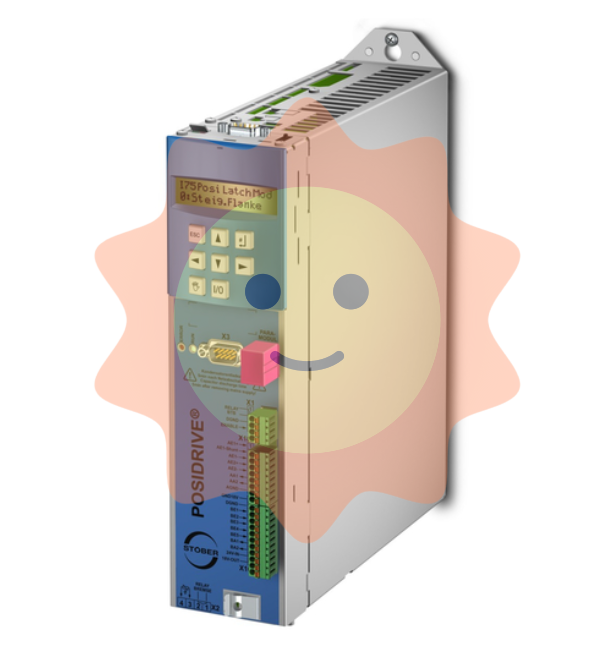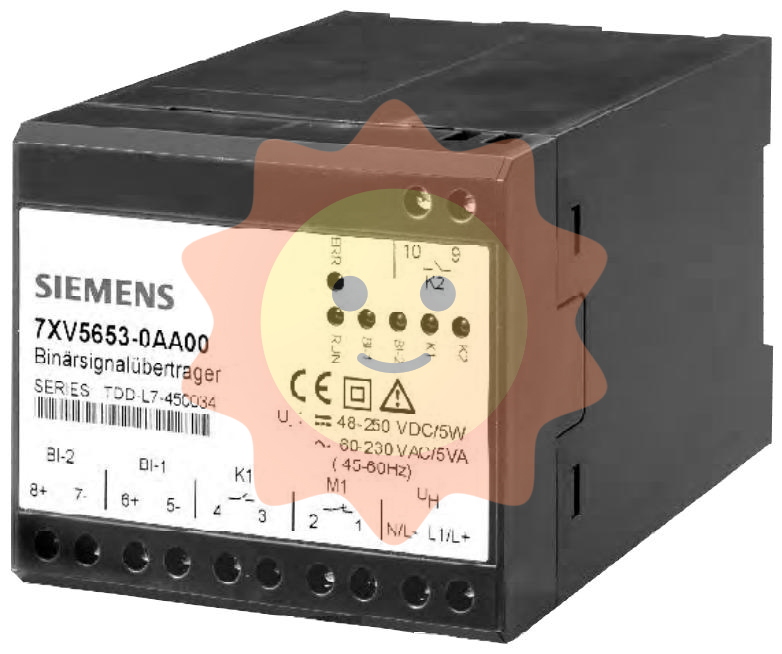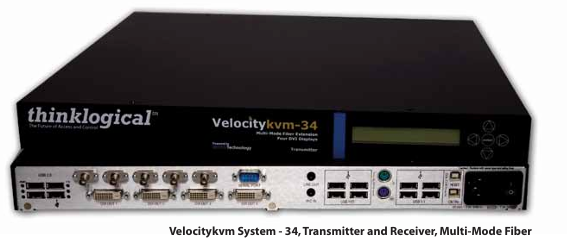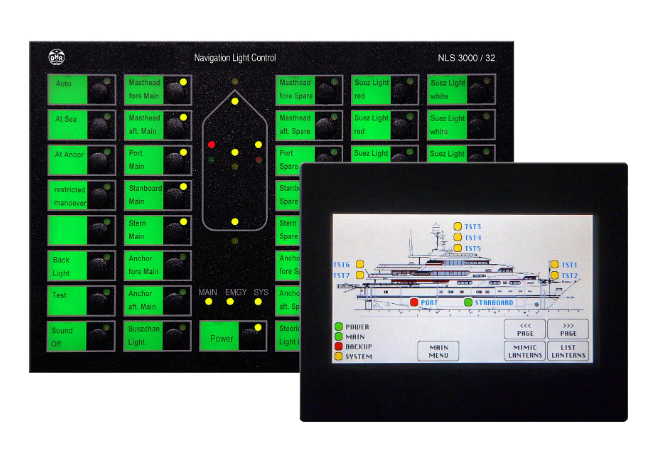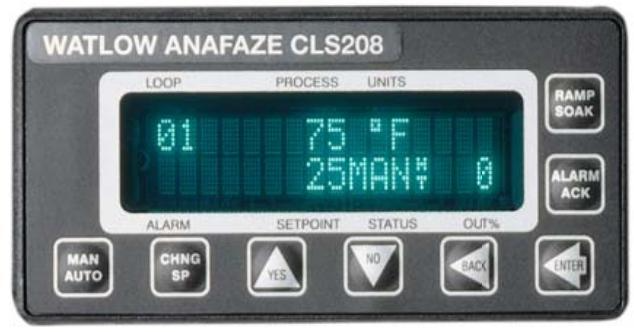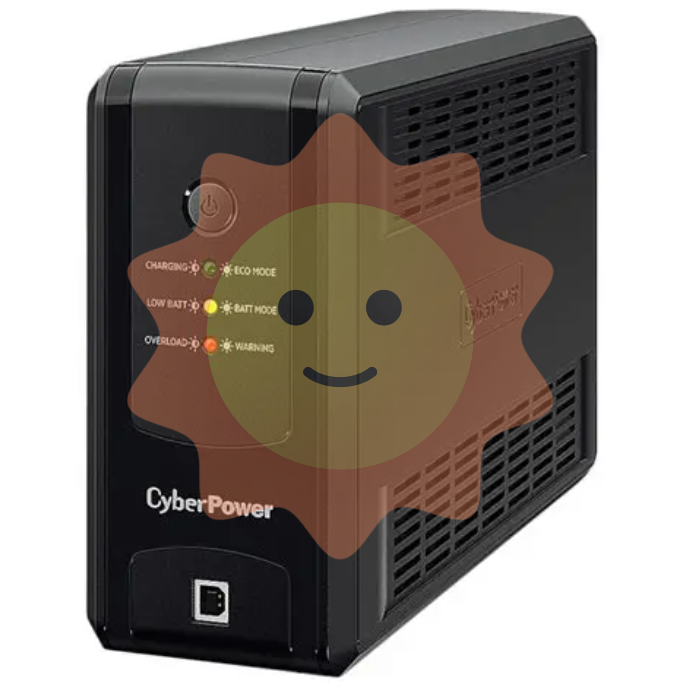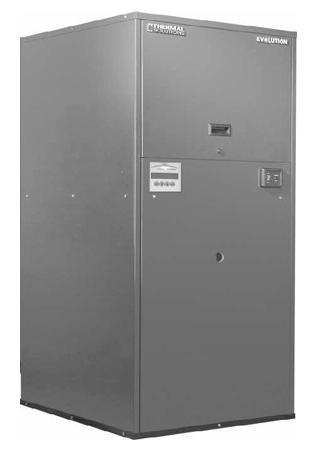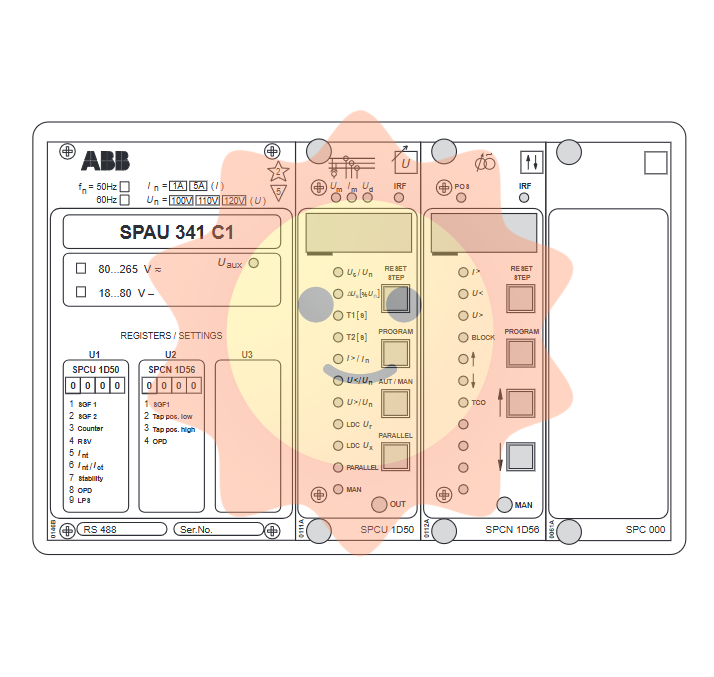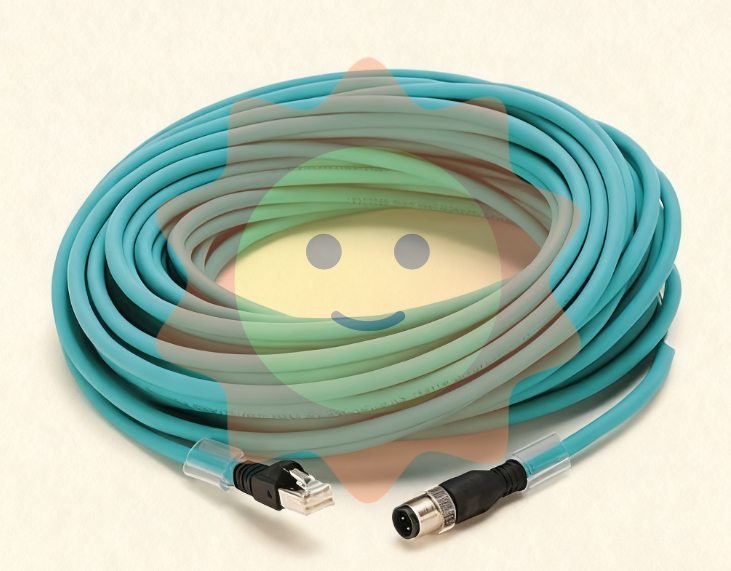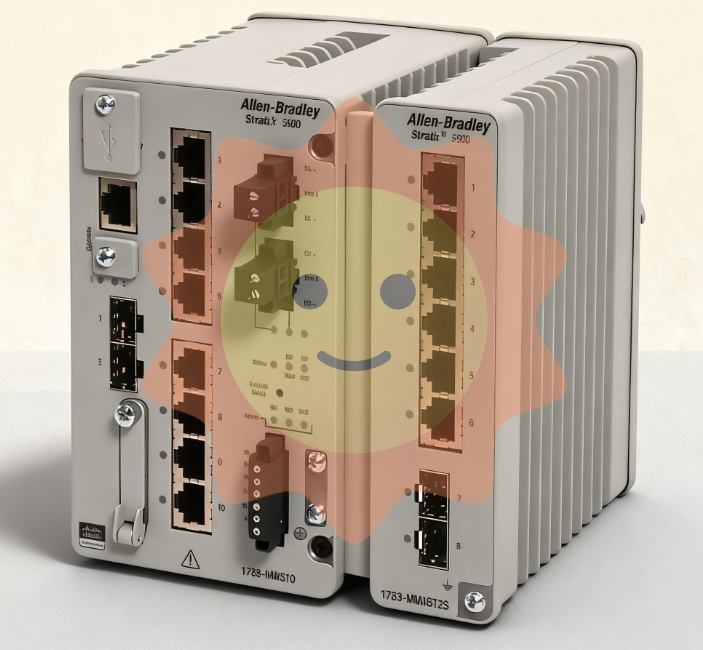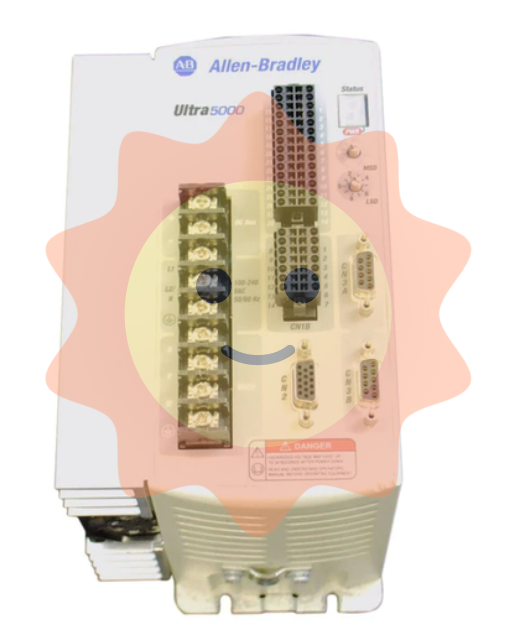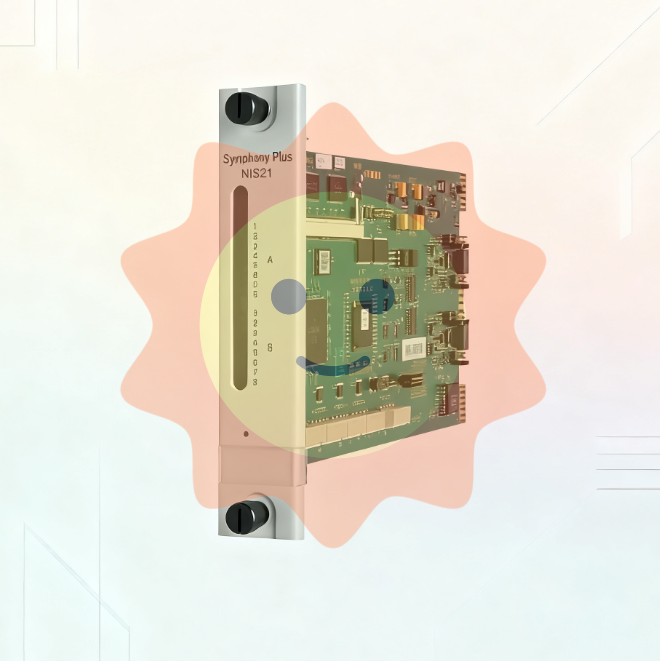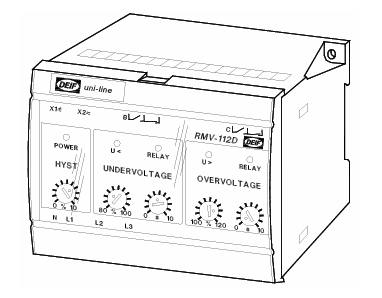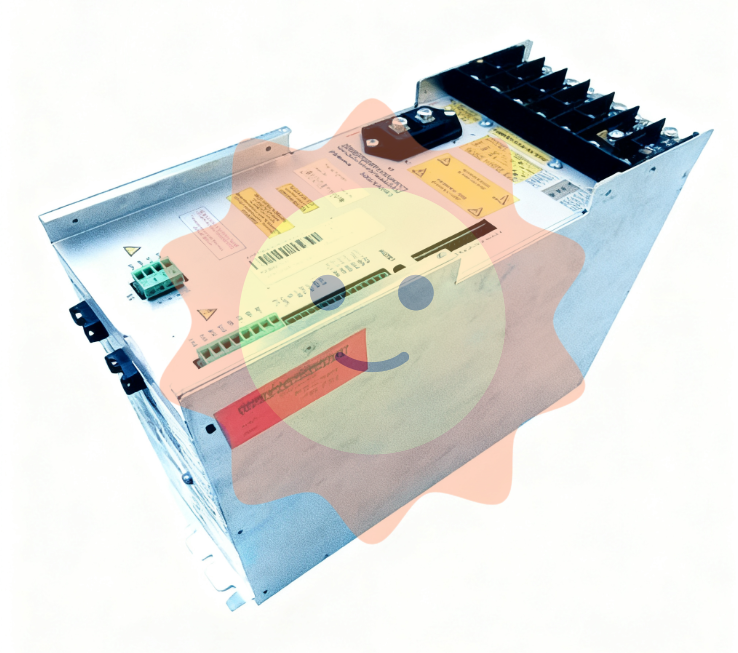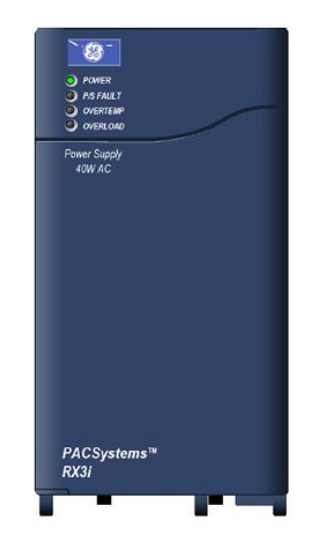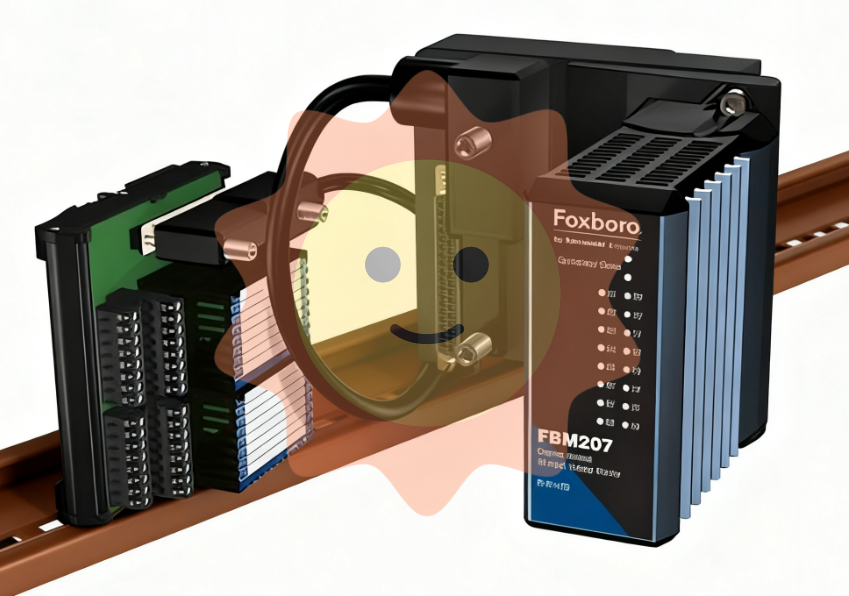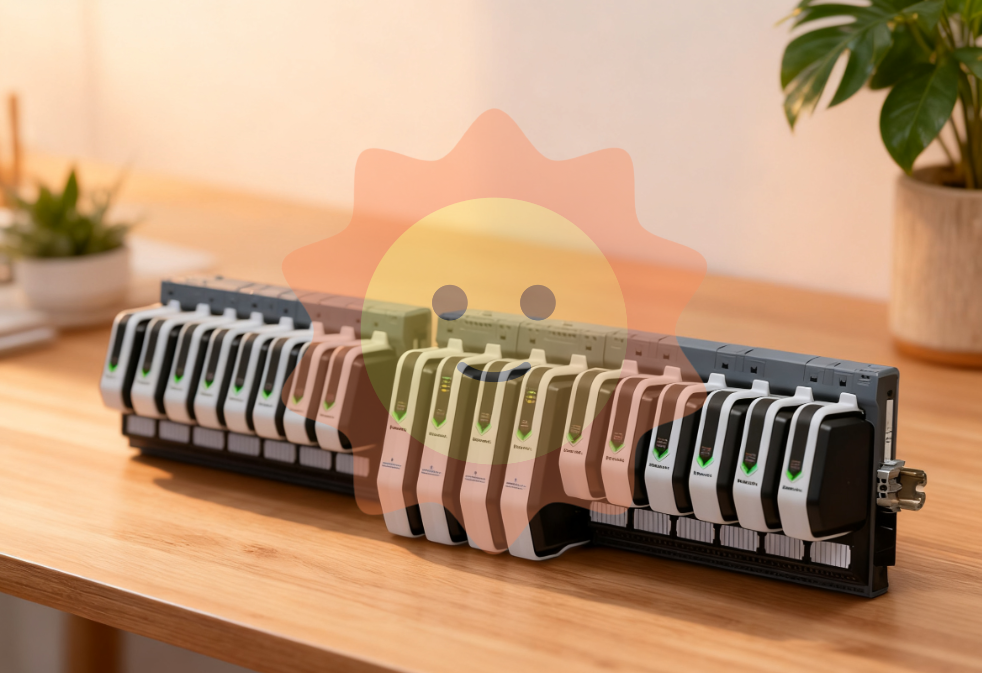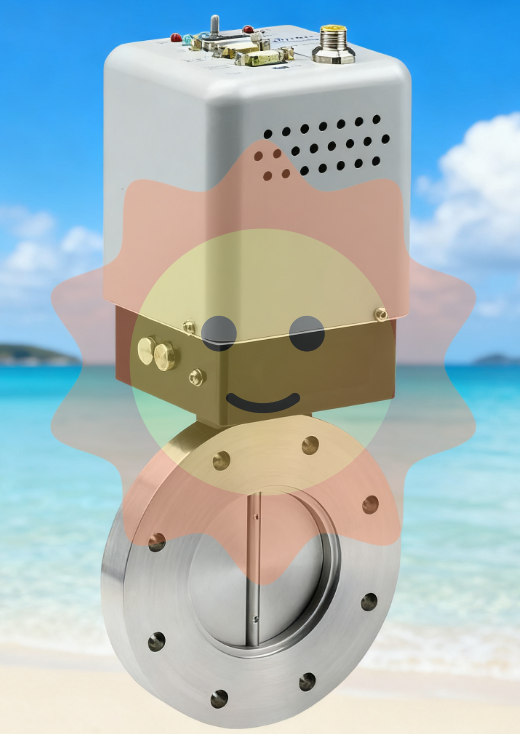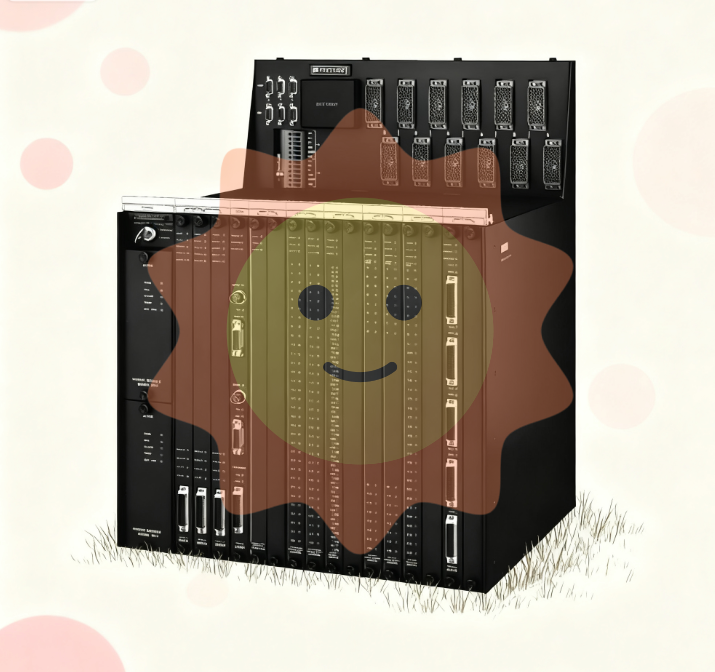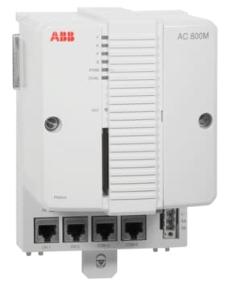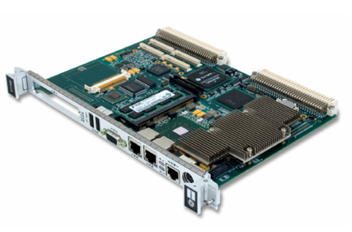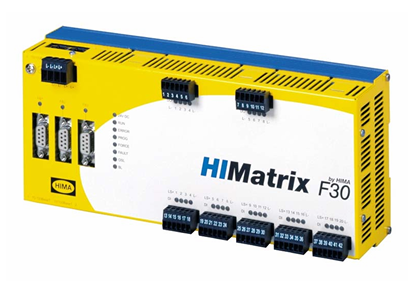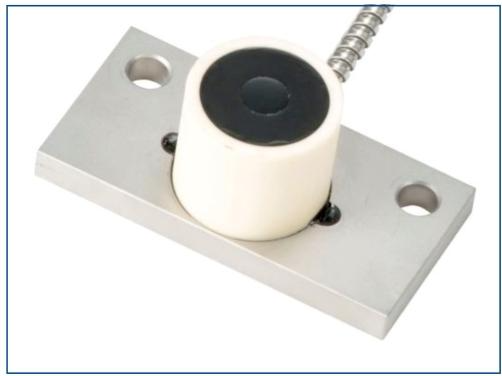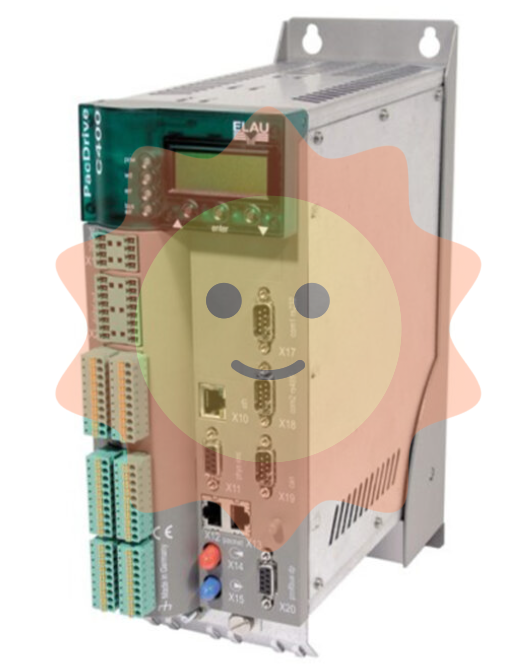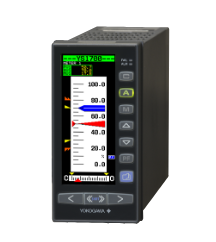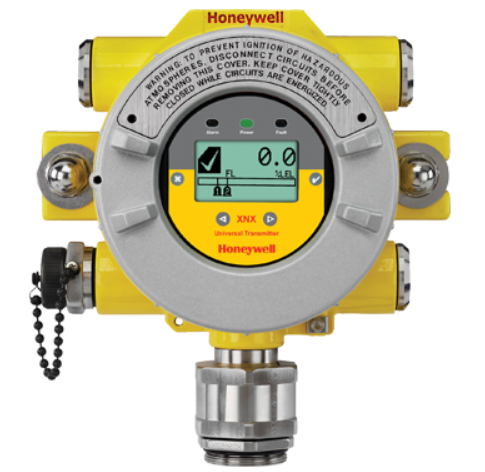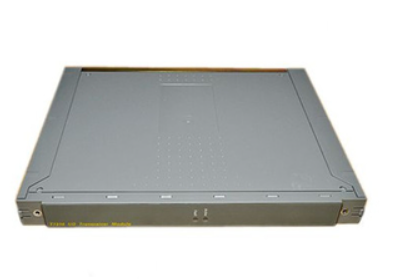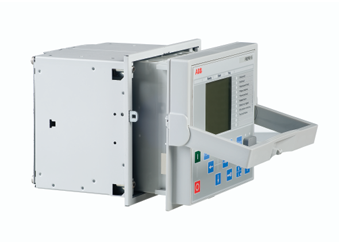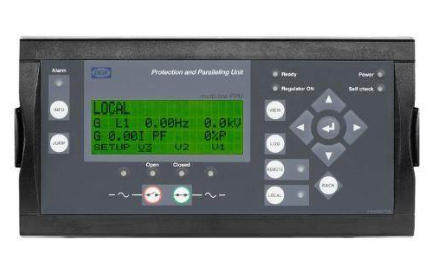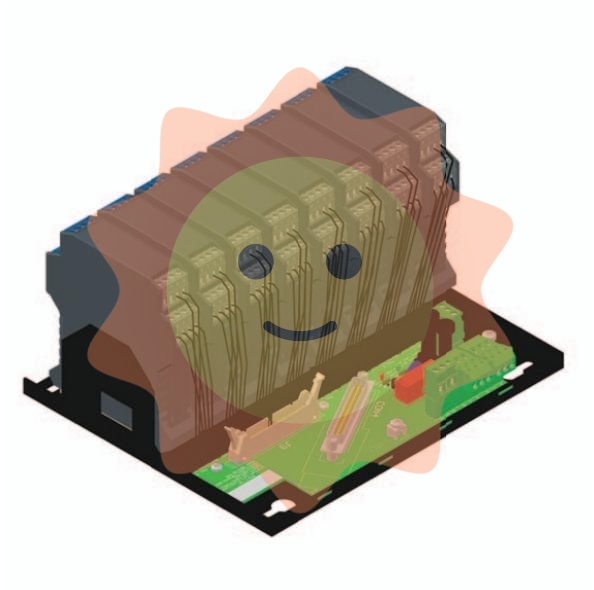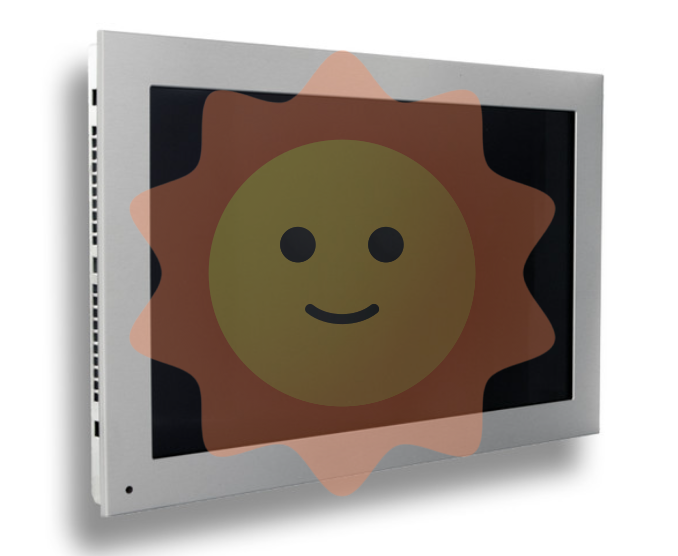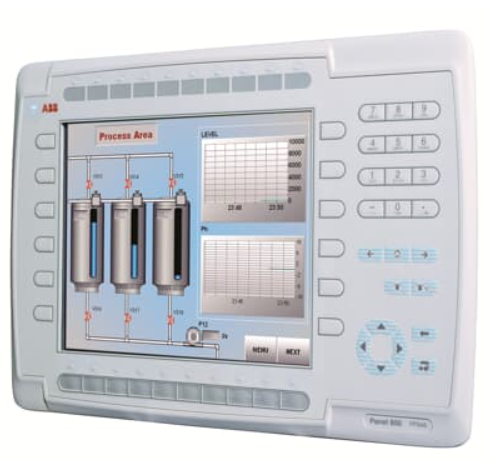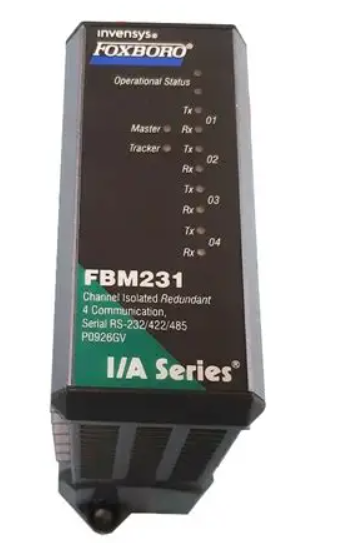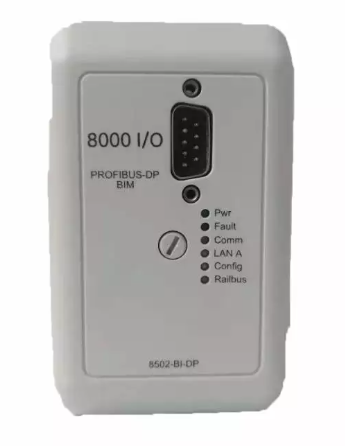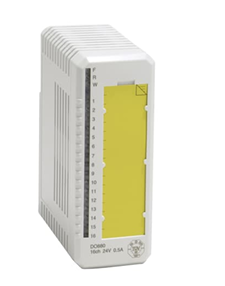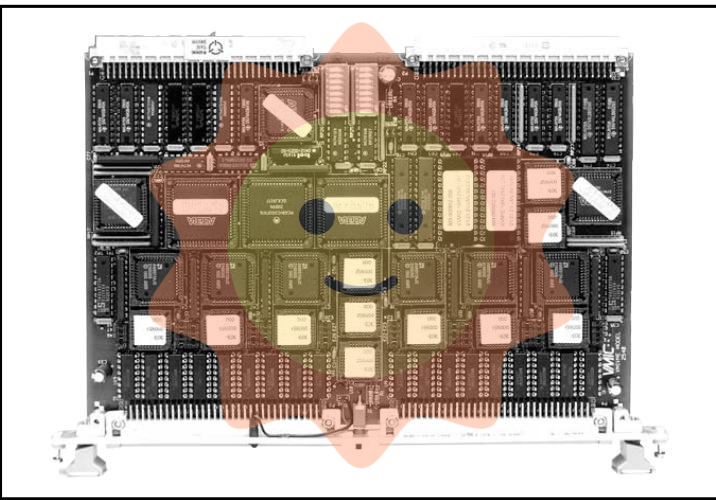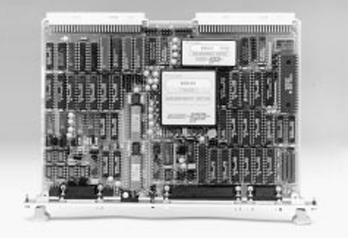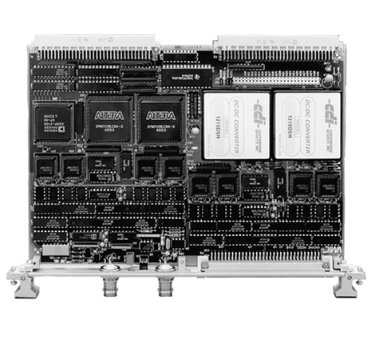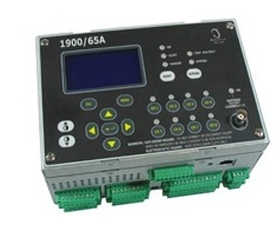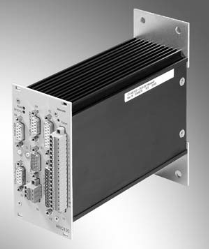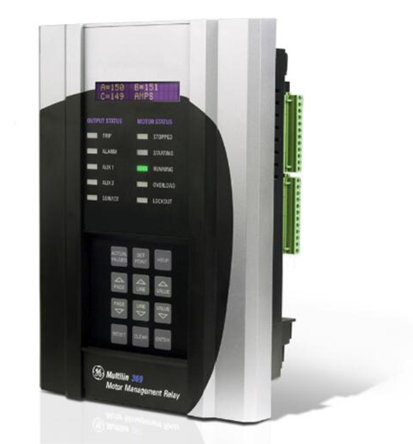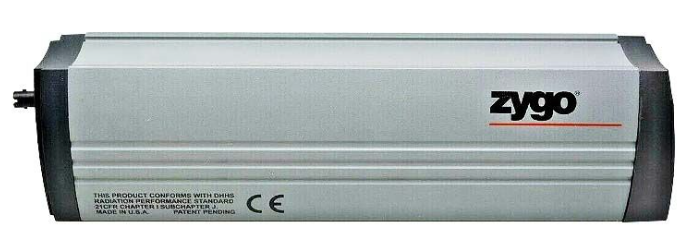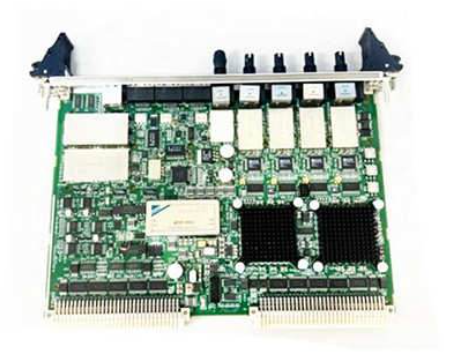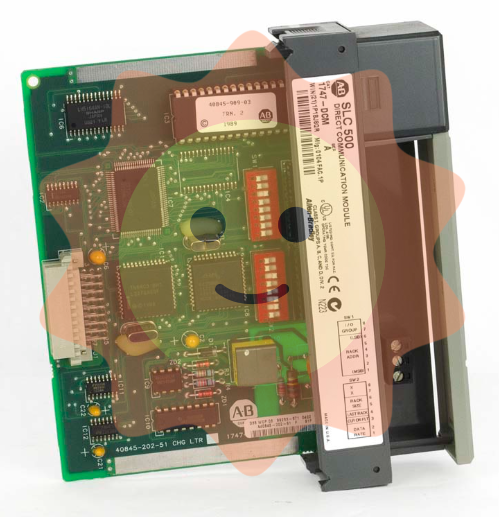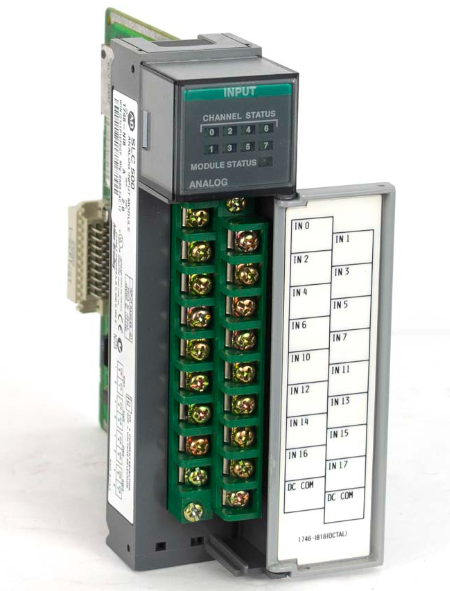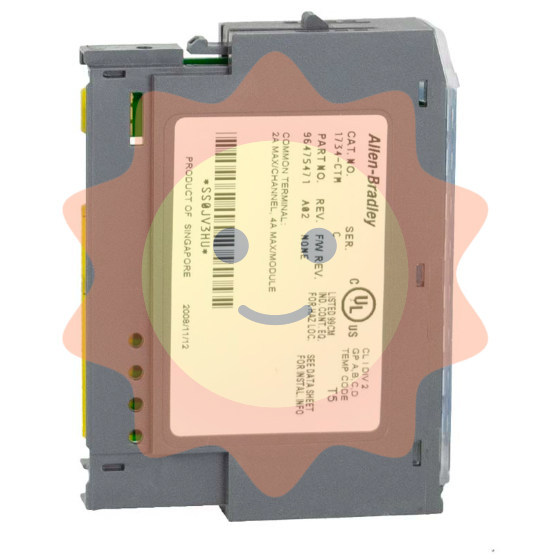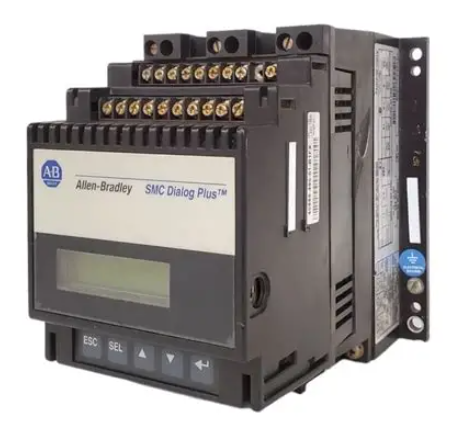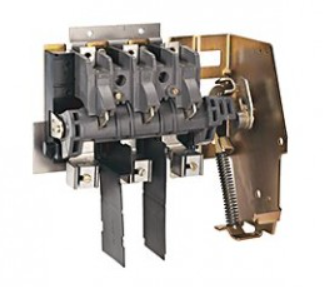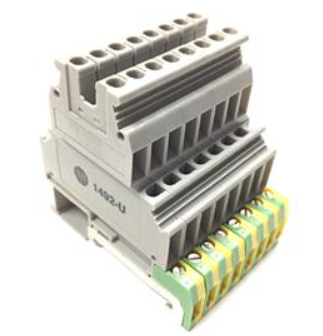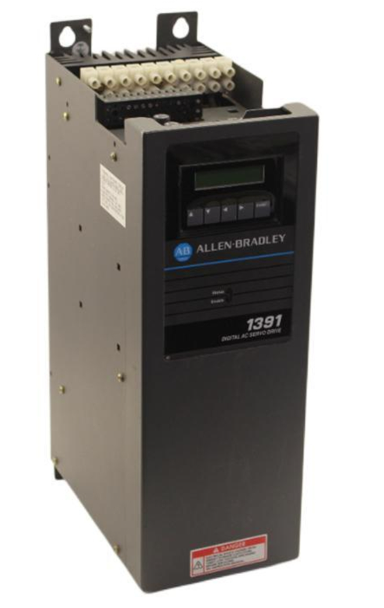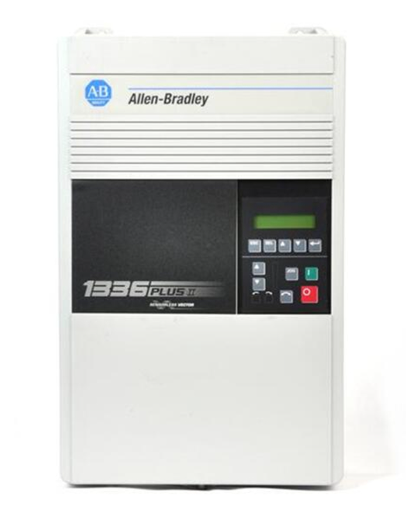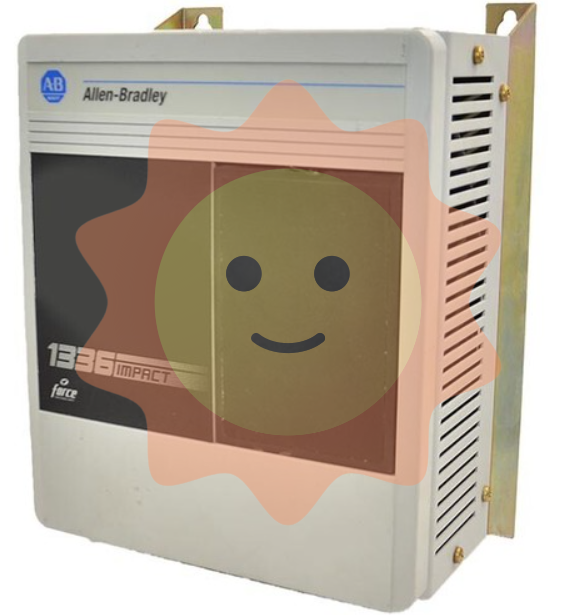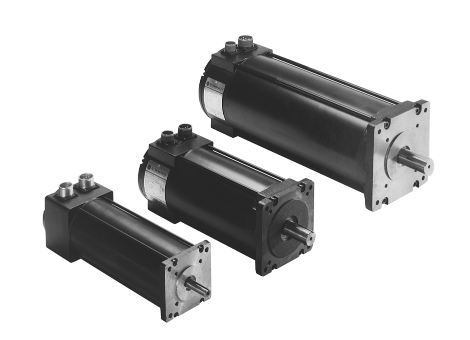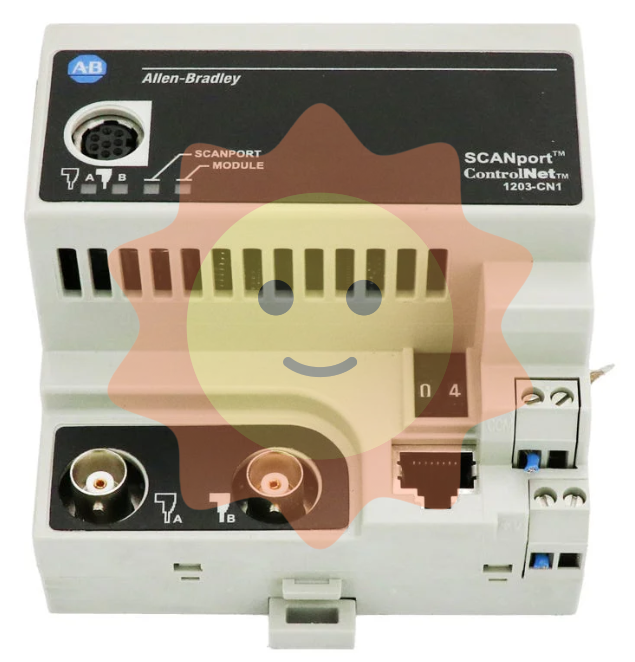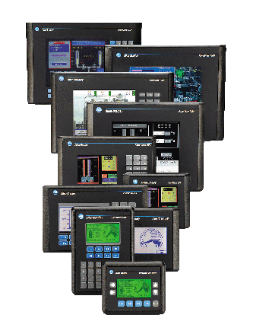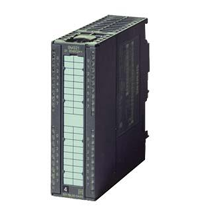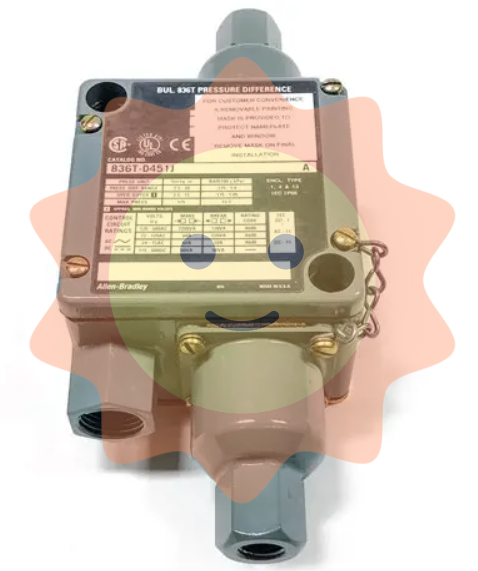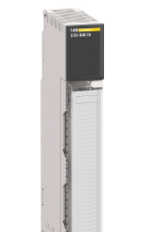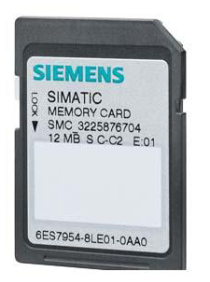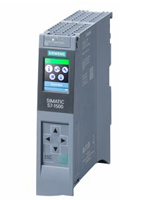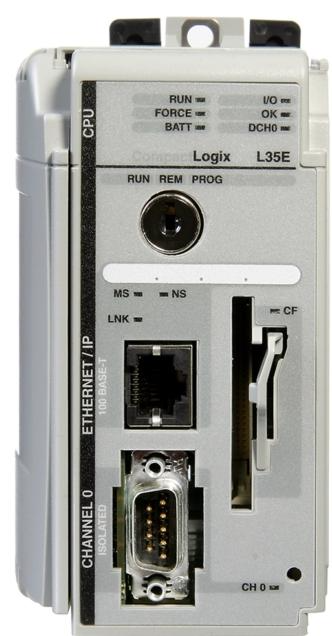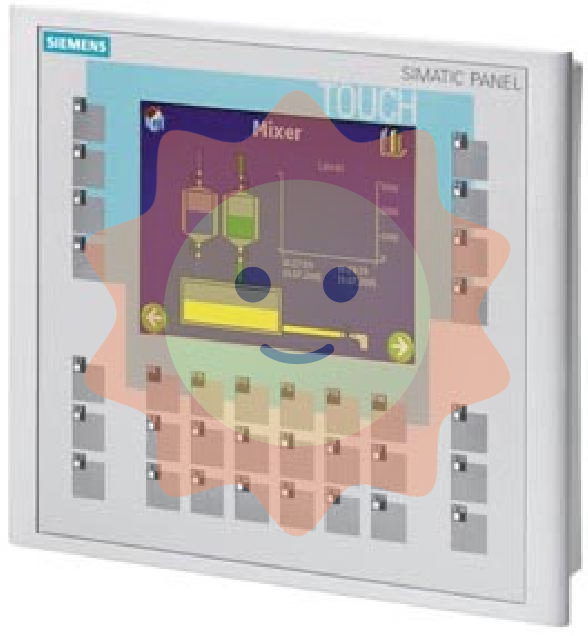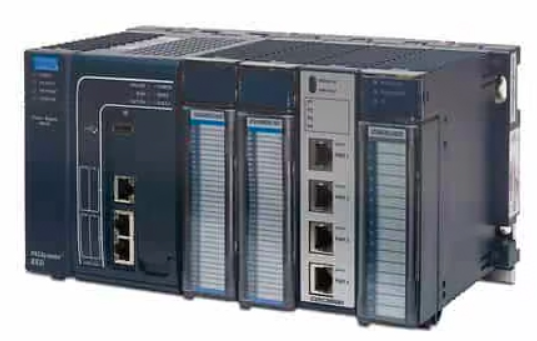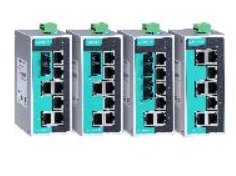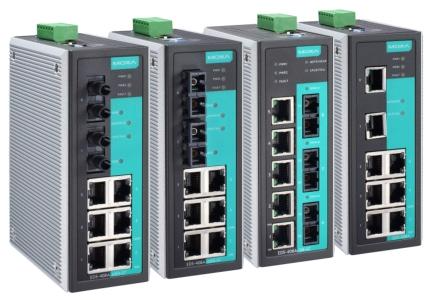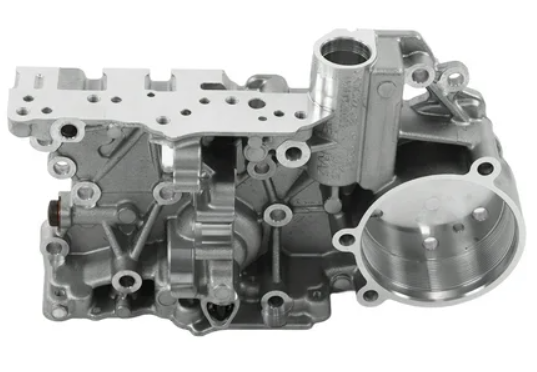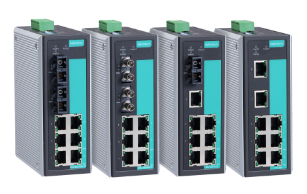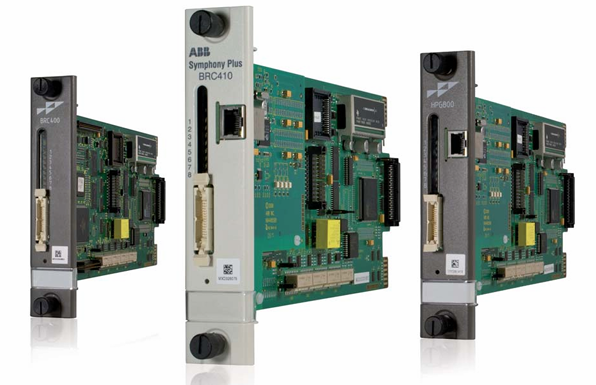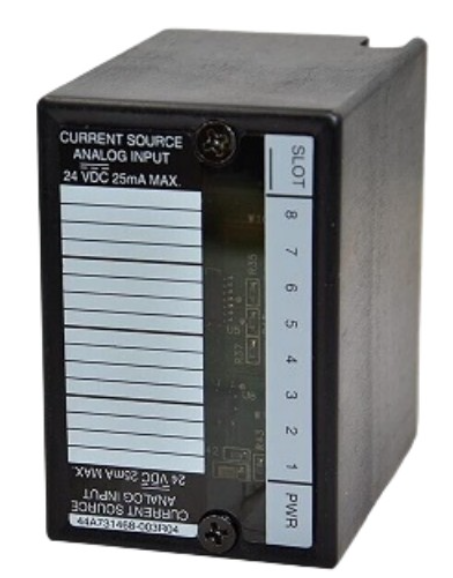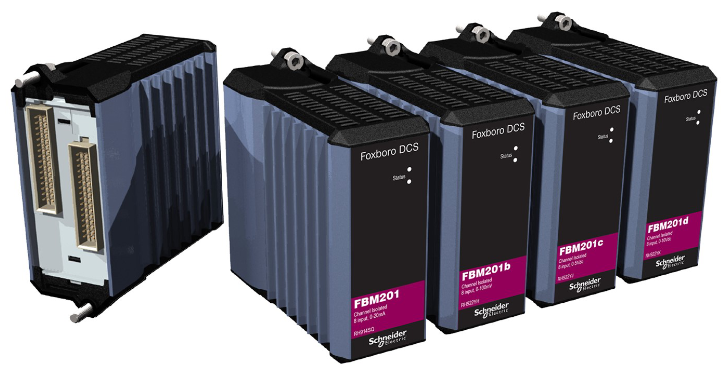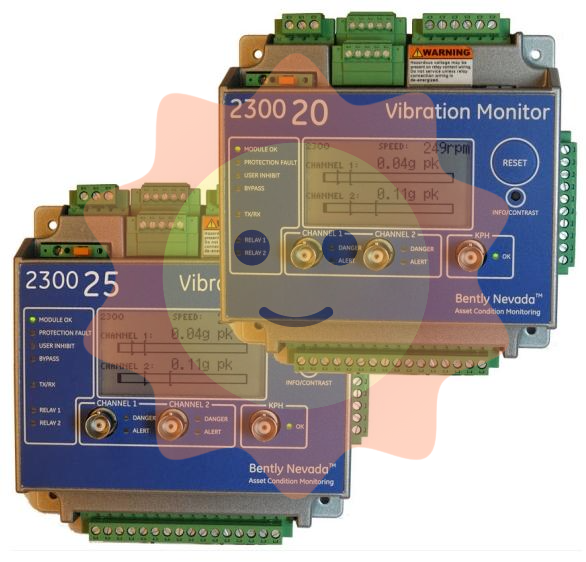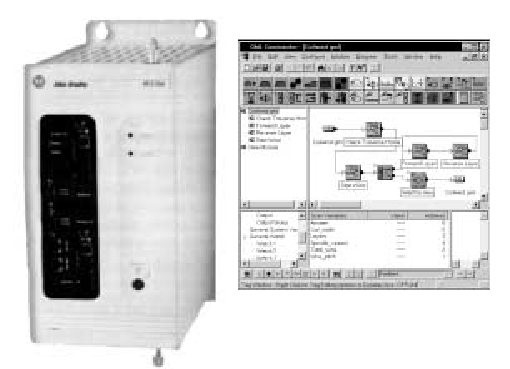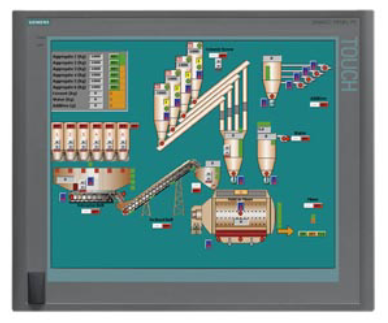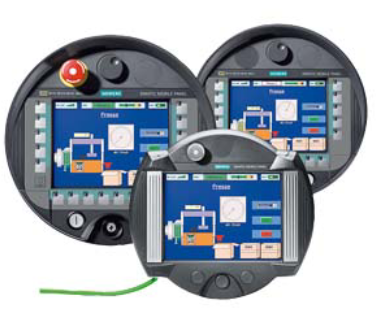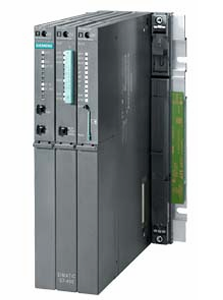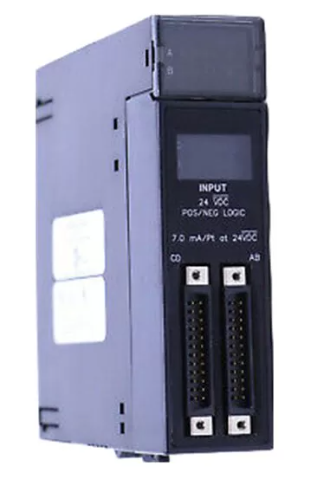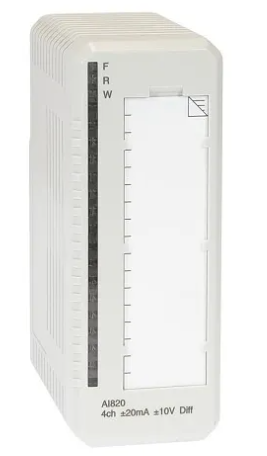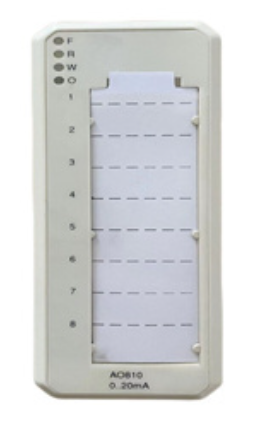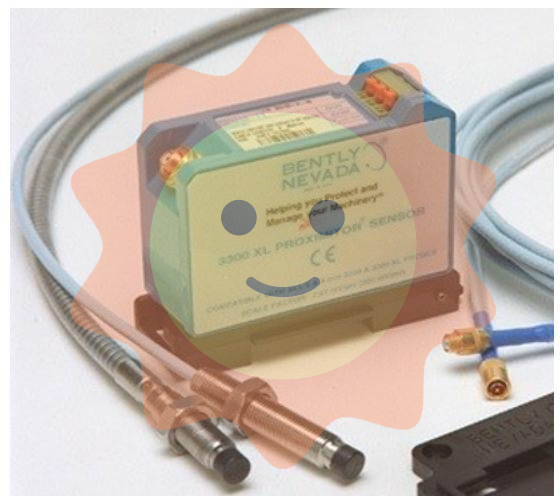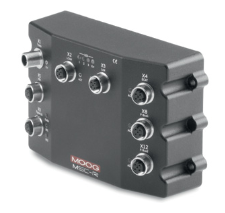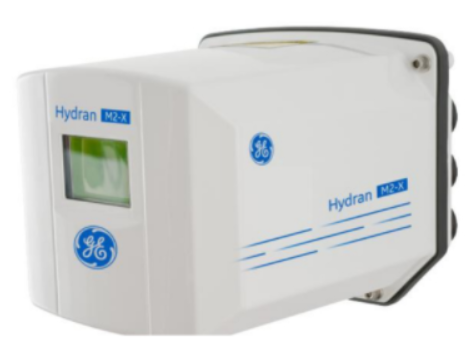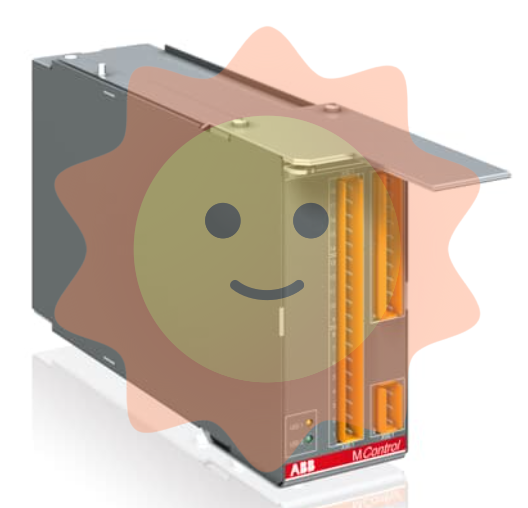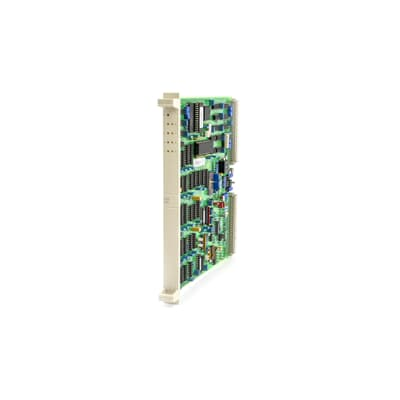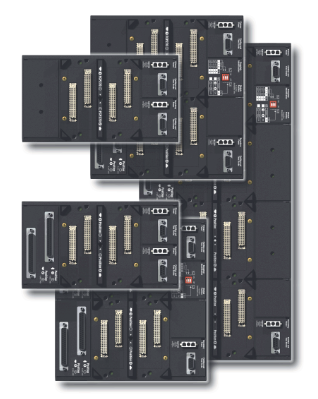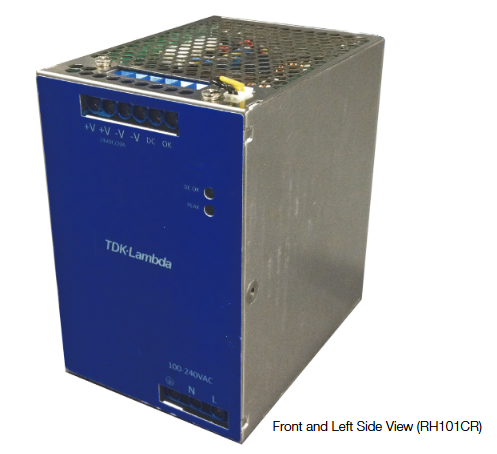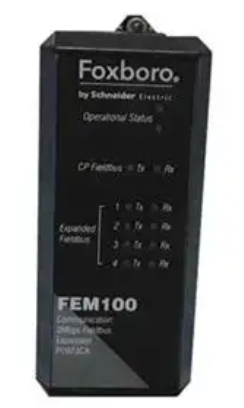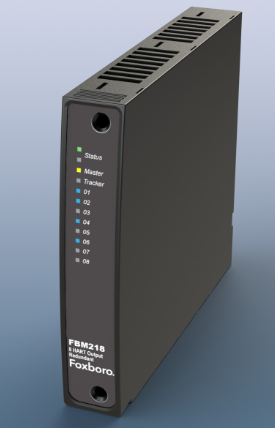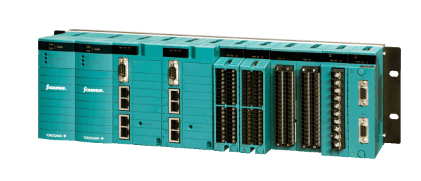ABB NFAN01 Network 90 Fan Assembly
Basic Introduction
ABB NFAN01 Network 90 Fan Assembly is a fan assembly designed by ABB for Network 90 series devices. It is mainly used to provide cooling for various electronic devices in the Network 90 system to ensure stable operation in a suitable temperature environment.
Features
Highly efficient heat dissipation
The fan assembly is professionally designed to generate sufficient airflow to effectively remove heat from the device. The design of the fan blades has been optimized to maximize airflow through reasonable angles and shapes when the fan is in operation. For example, in the control cabinet of Network 90, it is able to bring in cool air and expel hot air, ensuring that hot air around internal devices such as controllers, communication modules, etc. is replaced in a timely manner, thus lowering the temperature of the devices.
This efficient heat dissipation is especially important for industrial equipment that runs for long periods of time. In continuous production environments such as chemicals and steel, where Network 90 systems are required to operate without interruption, the NFAN01 fan assembly prevents overheating that could lead to performance degradation or malfunction, ensuring smooth production.
Reliable Performance
The NFAN01 has a high degree of reliability and is capable of stable operation for long periods of time. Its motor and mechanical components undergo strict quality inspection and durability testing. The motor is made of high-quality materials and advanced manufacturing process to ensure that it can drive the fan to rotate stably under different loads and environmental conditions.
For example, in industrial sites with large temperature variations and dusty conditions, the motor of the NFAN01 fan assembly is able to maintain a stable rotation speed to ensure the continuity of the heat dissipation effect. At the same time, the bearings and other mechanical parts have good wear and fatigue resistance, which reduces the risk of a mechanical failure that could cause the fan to stop working.
Adaptability and compatibility
The ABB Network 90 series offers excellent compatibility with ABB Network 90 devices. Its dimensions, mounting and electrical interfaces have been specifically designed for the Network 90 system. In terms of mounting, it can be easily installed in the designated position in the Network 90 control cabinet, possibly with standard screw fixing or snap-on mounting, and fits closely into the structure of the control cabinet.
In terms of electrical interface, it is able to adapt to the supply voltage and control signal requirements of Network 90 devices. This allows it to be seamlessly integrated into the Network 90 system as part of a thermal solution without the need for complex electrical modifications or adaptations.
Technical Parameters
Electrical Parameters
Supply voltage: typically 24V DC or 110 - 220V AC, depending on the configuration of the device and the application. This range of supply voltages is common in industrial equipment and ensures that the fan starts and operates correctly in different power environments.
Power: Power is typically in the teens to tens of watts range, and may be around 15 - 30W for example. Lower power helps to meet the heat dissipation requirements while reducing the energy consumption of the entire system, and reduces the impact of the heat generated by the equipment on itself and the surrounding environment.
Current: The current can be calculated from the power and supply voltage. For example, for a 24V DC powered fan with a power of 20W, the operating current is about 0.83A. Understanding the current parameters is important to properly configure the power system, ensure sufficient power capacity, and prevent circuit overload.
Mechanical Parameters
Size: Fan assemblies are sized according to the internal space and cooling requirements of the Network 90 device. The outside diameter may range from 8 - 15 centimeters and the thickness from 3 - 7 centimeters, which allows it to fit well in its designated location within the control cabinet without taking up too much space.
Speed: The speed range is usually between 1000 - 3000 rpm, which is sufficient to generate sufficient air pressure and volume to meet the heat dissipation requirements. Different speeds can be adjusted according to the actual heat generation of the equipment and the ambient temperature, for example, when the equipment load is higher and the temperature rises faster, the speed can be increased to enhance the heat dissipation effect.
Air volume and air pressure: air volume is generally between 30 - 200 cubic meters / hour, air pressure between 30 - 150 Pascal. Airflow determines how much heat can be removed per unit of time, while air pressure affects the ability of air to flow through the complex air ducts inside the device. These parameters are important indicators of the fan's effectiveness in dissipating heat and ensuring good air circulation within the Network 90 unit.

- User name Member Level Quantity Specification Purchase Date
- Satisfaction :
-









Email:wang@kongjiangauto.com









